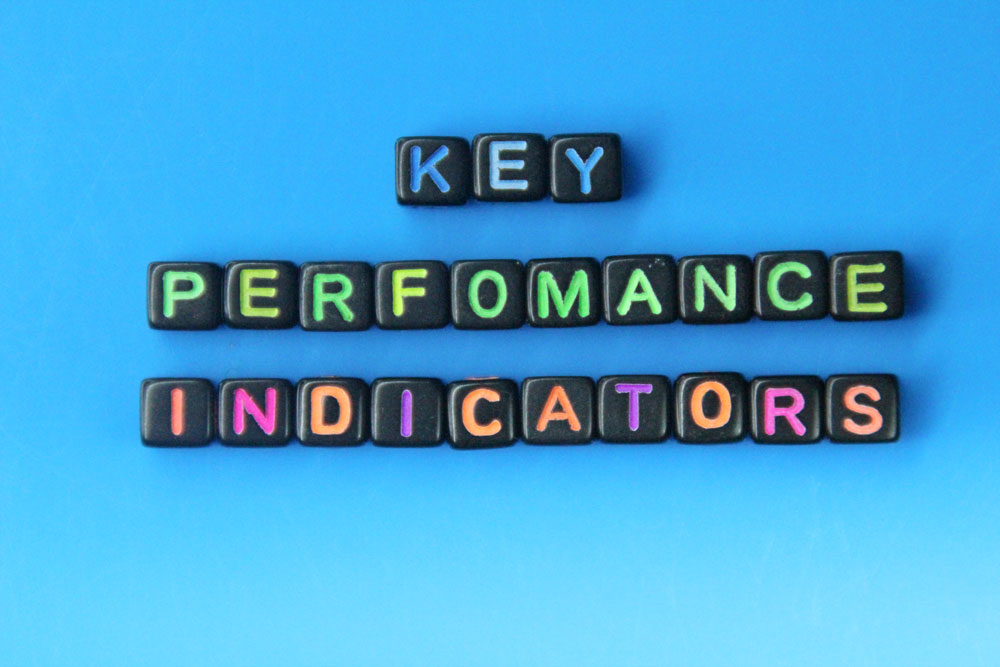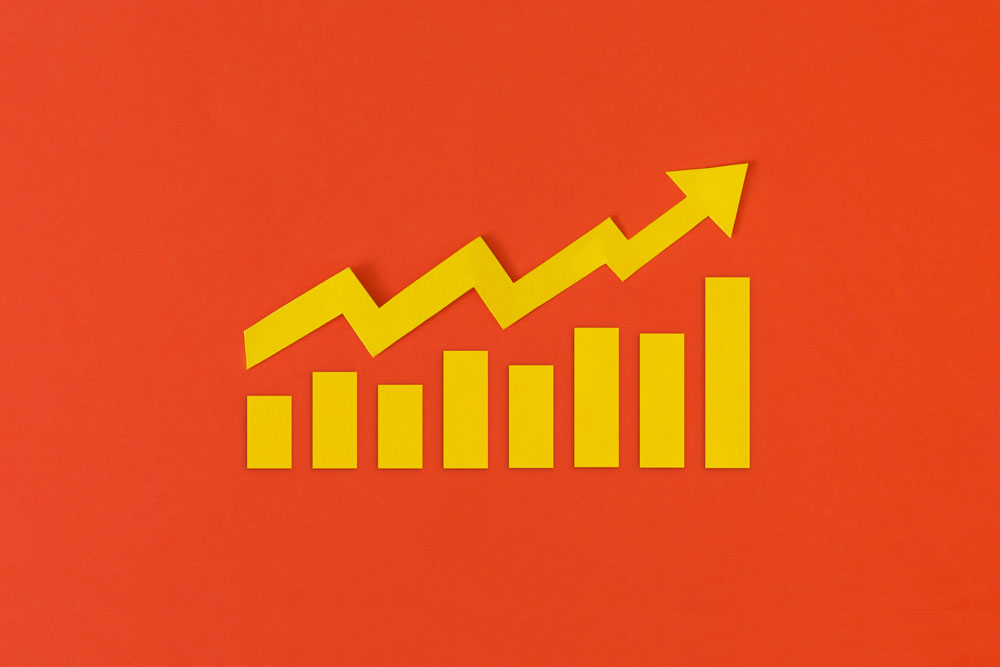
When it comes to monitoring the performance of an organization, Key Performance Indicators (KPIs) are a critical tool for gaining insight. They gain insights into what is happening and where you need to make improvements. But what is the difference between leading and lagging KPIs? This article will overview the topic Leading & Lagging KPIs, What The Difference? and explain how you can use them together to drive successful business outcomes.
A key performance indicator (KPI) is a measure of the effectiveness of a process. You can use it to track the progress of a project, service, or business. It is a measure of progress towards a goal.
Key Performance Indicators, or KPIs, are numerical measures of performance that help indicate how well a business or organization is performing. Businesses use them to measure the effectiveness of a business or organization’s operations, including the performance of its employees, products, and services. A company's management team creates a KPI that measures specific objectives.
Key Performance Indicators (KPIs) are the metrics that measure a company's or organization's success. These metrics allow for better decision-making and can help identify areas for improvement. For example, a business might use KPI to measure the number of visitors to its website or the number of products sold over a given period.
Leading KPI is a term used to describe a key performance indicator. A leading KPI is a metric used to measure an organization's or business unit's performance. A leading KPI should be something easily understandable by the organization or business unit so they can be easily compared to other organizations or business units.
Leading KPIs, or Key Performance Indicators, are important metrics that help you measure the success of your business. These KPIs can measure the number of leads you receive, how many orders you place, and how many customers you have. There are a variety of ways to set up your KPIs, but the most common is to measure them over a specific period of time and compare them to a benchmark. This can be helpful for businesses that want to know how they are doing about their competitors.
Lagging KPI is a term used in business and finance to describe a metric that does not show the desired performance. For example, if your monthly sales numbers are not where you expected them to be, it may be a sign that you need to increase your marketing budget.
Lagging KPI is the difference between a business or team's actual performance and predicted or planned performance. The main cause of lagging KPI is usually due to over-optimization. For example, if a company spends too much time and money on advertising, their actual performance will be worse than expected. The lagging KPI is the ratio of the difference between the actual number of orders and the expected number of orders divided by the difference between the actual number of units and the expected number of units.

Leading and lagging KPIs are two terms in project management that describe the difference between what is planned and what is achieved. When a project is designed, it is described as the leading KPI. Once the project is completed, it is described as the lagging KPI. When a project is lagging, it has not been completed according to plan, which can have negative consequences for the project.
Leading KPIs are those that are increasing or decreasing quickly, and lagging KPIs are those that have a steady increase or decrease in their numbers. These two types of KPIs are both important for the company to maintain its success. Leading KPIs to reflect the direction the company is heading, and lagging KPIs reflect the company’s current performance. Lagging KPIs are helpful to see how the company is performing at a point in time, and leading KPIs are helpful to see where the company will be in the future.
A leading KPI is a key performance indicator you must calculate before a project starts. A lagging KPI is a key performance indicator that you can calculate after a project's completion. The calculation of the leading KPI takes place before the project starts, and it determines the project's success. The calculation of lagging KPI takes place after the project is complete, and It can help determine if it has met its goals. Leading KPIs can determine if there will be a successful project, while lagging KPIs see if the project was successful.
Lagging indicators are important because they help you to see how your investments are doing. The lagging indicators are the ones that you have to wait for before you can see the results. It could be a day, a week, or a month. It is important to consider your lagging indicators because if you don’t, you will not be able to make any accurate decisions about your investments.
A lagging indicator is an economic indicator that measures the change in the rate of economic growth. The lagging indicator is a statistic that takes place after a certain period. For example, the unemployment rate is a lagging indicator because it takes place after the recession has been over for some time. Lagging indicators are important because they allow us to see the true health of an economy, which is important for investors.
Lagging indicators are important because they are a leading indicator that something is going wrong in the company. A lagging indicator is an indirect indicator of a company’s performance and the degree to which it is going well or poorly. For example, if a company’s profits are lagging indicators, then this means that the company’s sales are not meeting expectations.
“All the best companies have a set of leading indicators,” says David Westhead, a business professor at the University of Auckland. “Leading indicators can help to monitor the company’s ability to cope with changing conditions.” This means that when things start to go wrong, it’s easier to see how things are going to go. For example, if a company is doing well in terms of sales and profits, but they’re not showing up on its website, it’s easy to see that something is wrong.
Leading indicators are important in the KPI field because they are indicators of the performance of a particular KPI. For example, if you have a KPI that is related to sales, you would want to know how many people visited your store in the last month. This is a leading indicator because it is an indicator of how many people will visit your store in the next month. Other leading indicators include how many people have visited your store in the last week, how much money have you made in the last month, and how many people have left your store.
In the business world, people use leading indicators to measure the health of an organization. They can help detect potential problems and make decisions before they get out of control. For example, a company’s sales might be going up and they are thinking they are doing well, but if their inventory is going down, it is a sign that they need to work on managing their inventory. There are many other examples of how leading indicators can help identify problems before they happen.

A leading indicator is a variable that changes first, usually before other variables. For example, if the number of employees in your company increases, this is a leading indicator that your company is doing well.
A lagging indicator is a variable that changes last, usually after other variables. For example, if the number of employees in your company decreases, this is a lagging indicator. This means that your company is doing poorly. You can use a leading indicator to predict future events and a lagging indicator to measure the effectiveness of current events.
In conclusion, understanding the difference between leading and lagging KPIs is essential for better understanding your business’s performance. Leading KPIs measure current behavior and can predict future outcomes. On the other hand, lagging KPIs analyze past performance and identify trends. Both leading and lagging KPIs should be under tracking to provide a comprehensive view of the entire operation.





